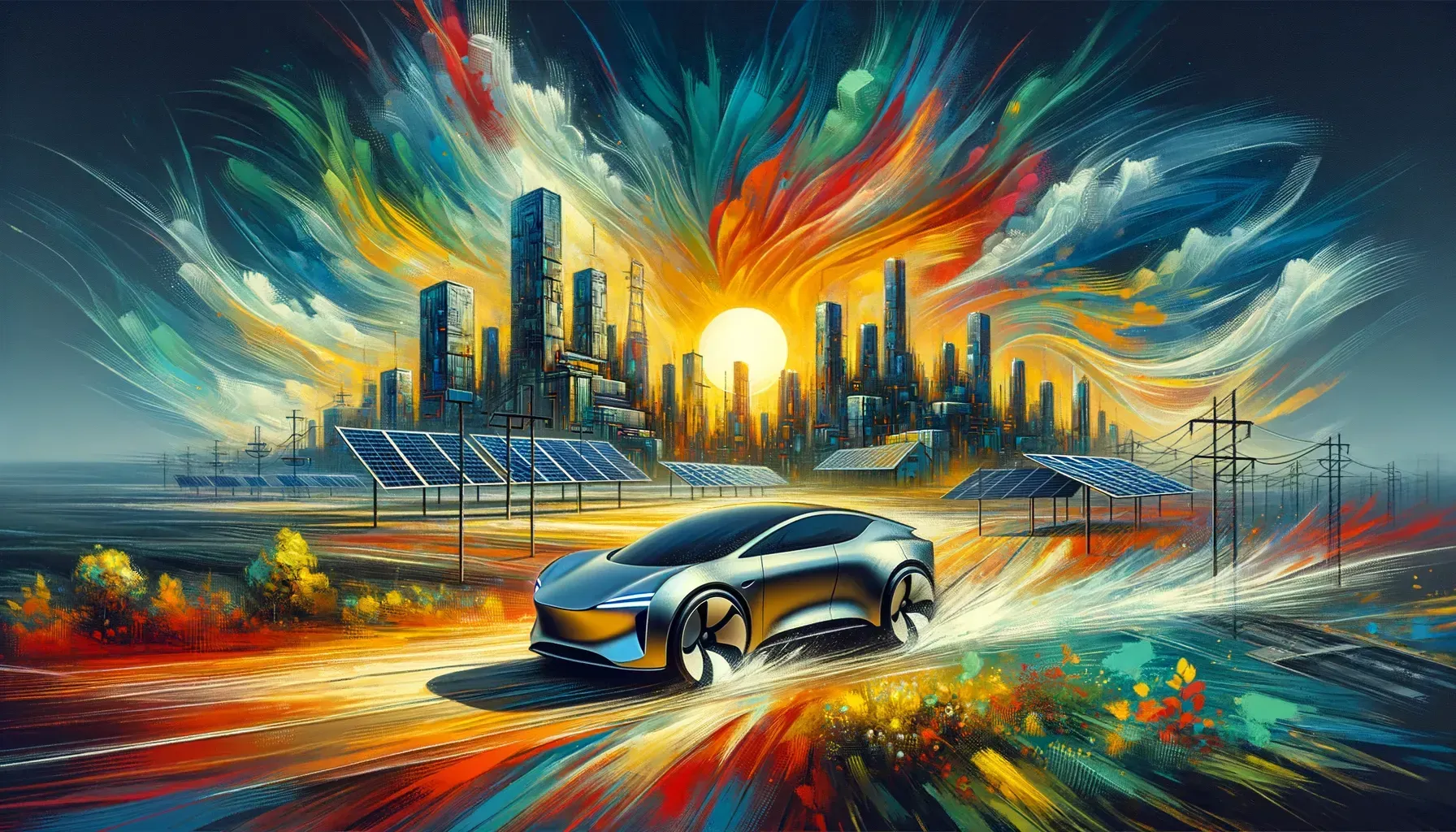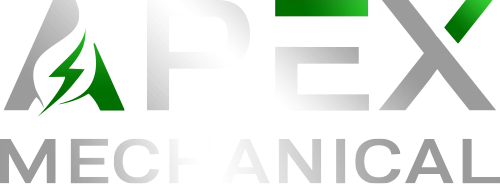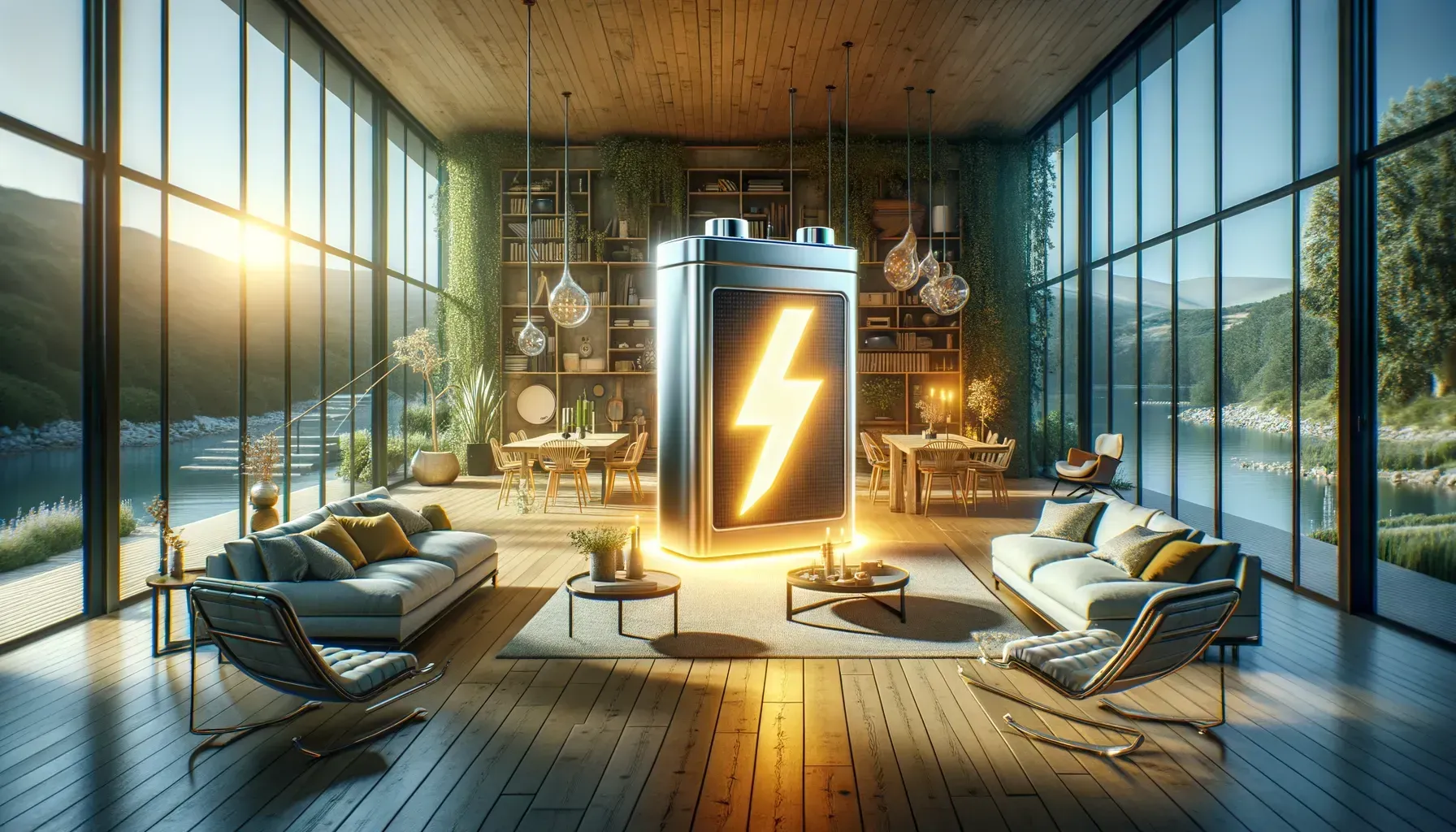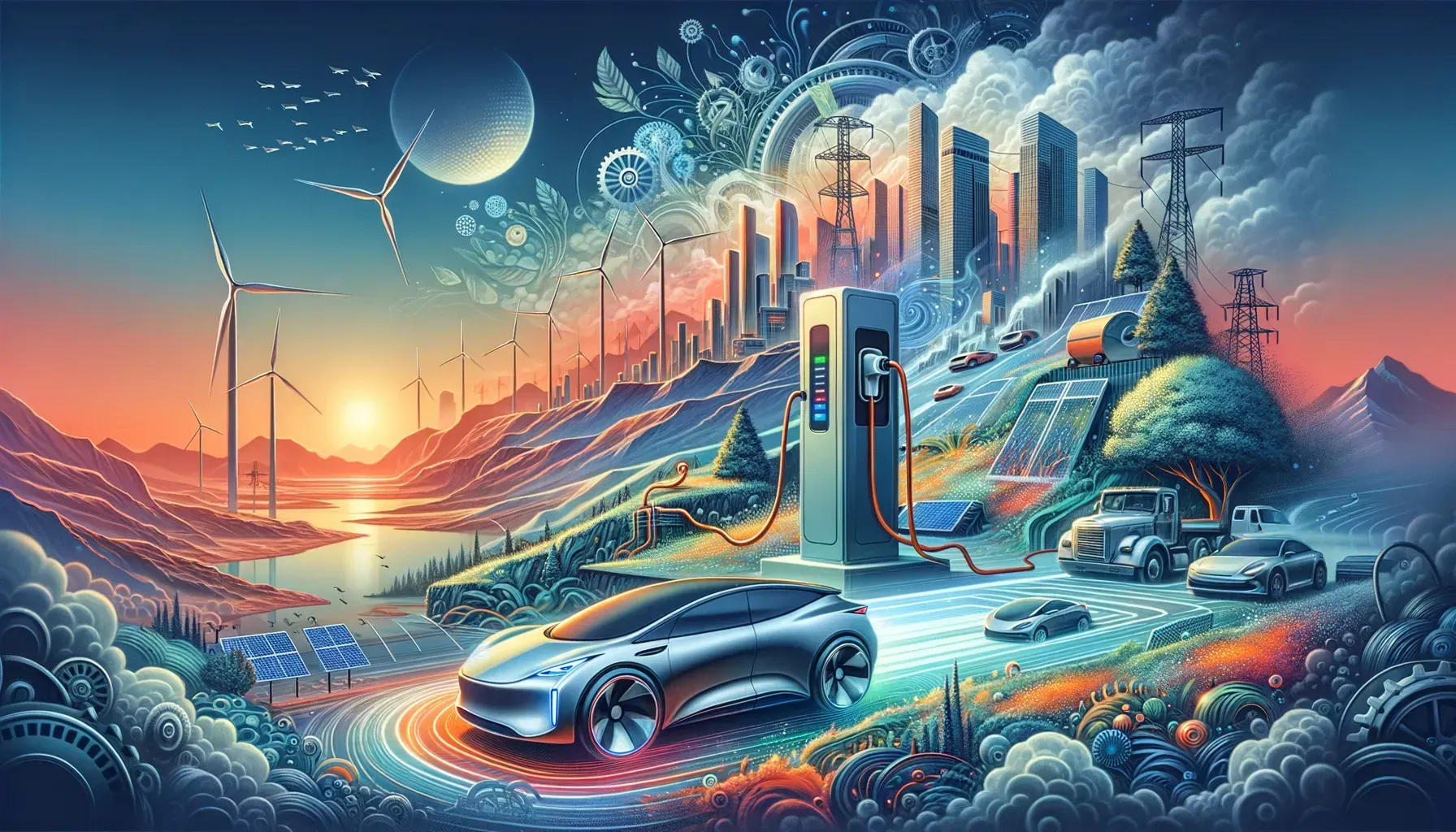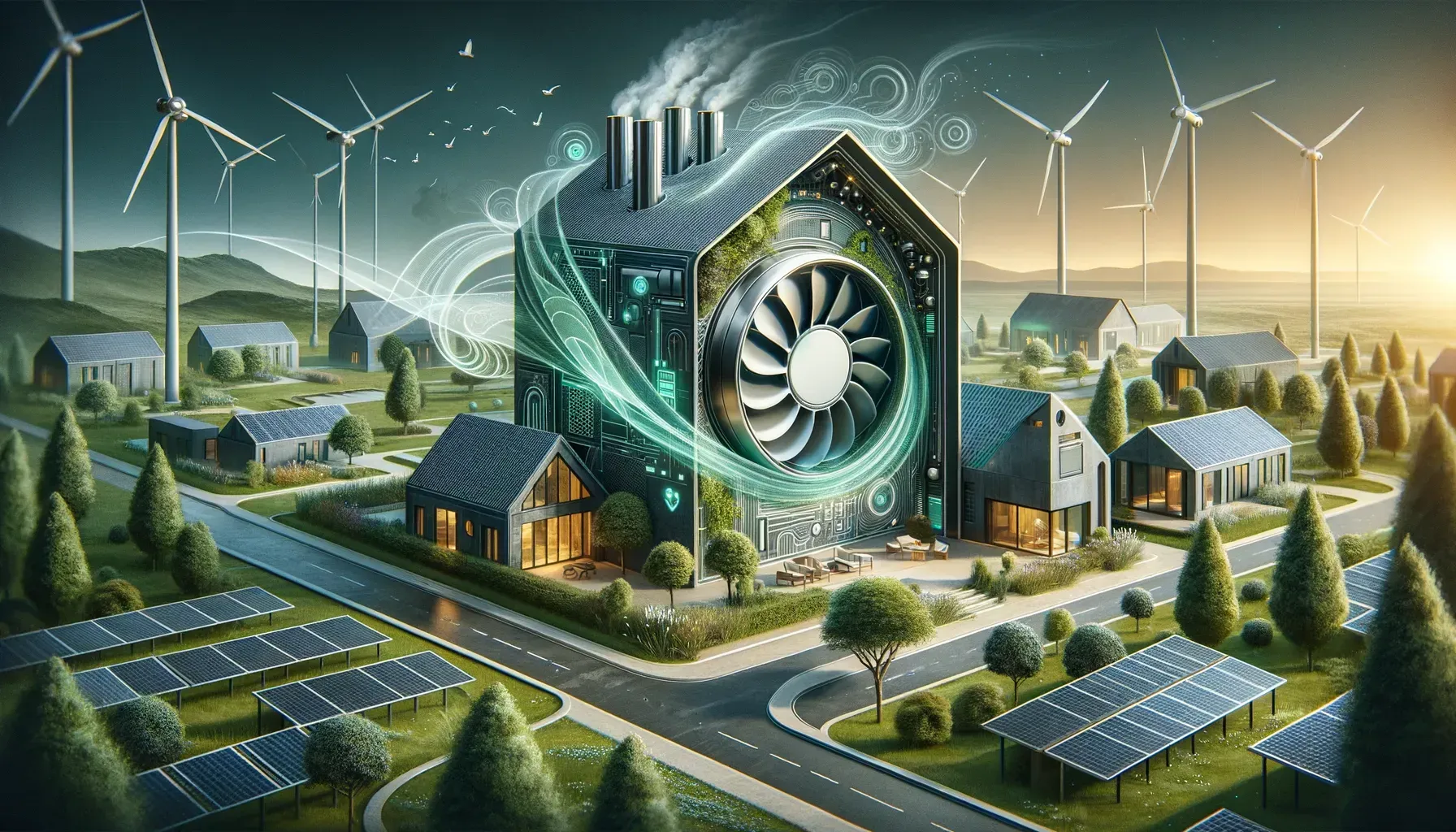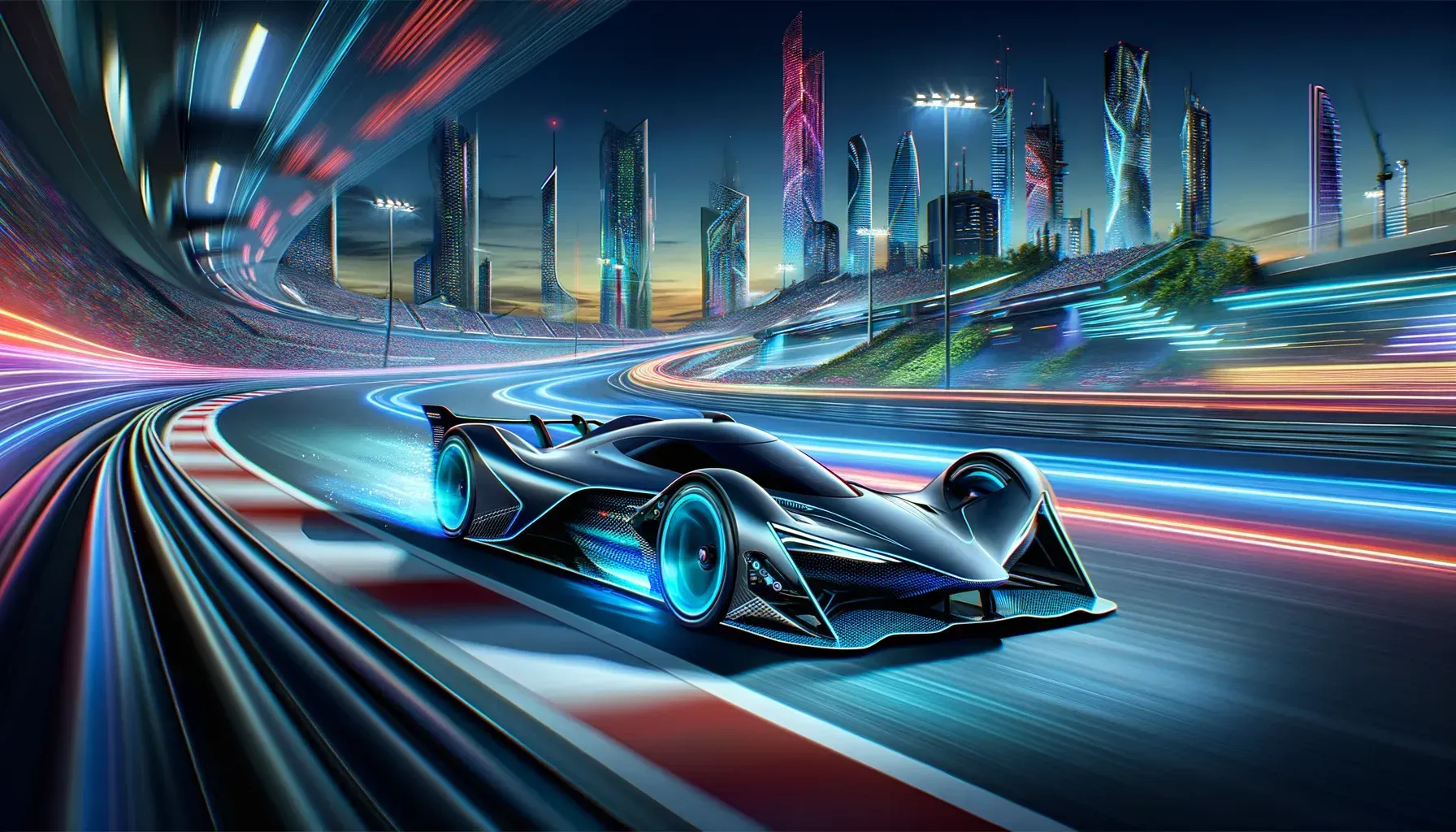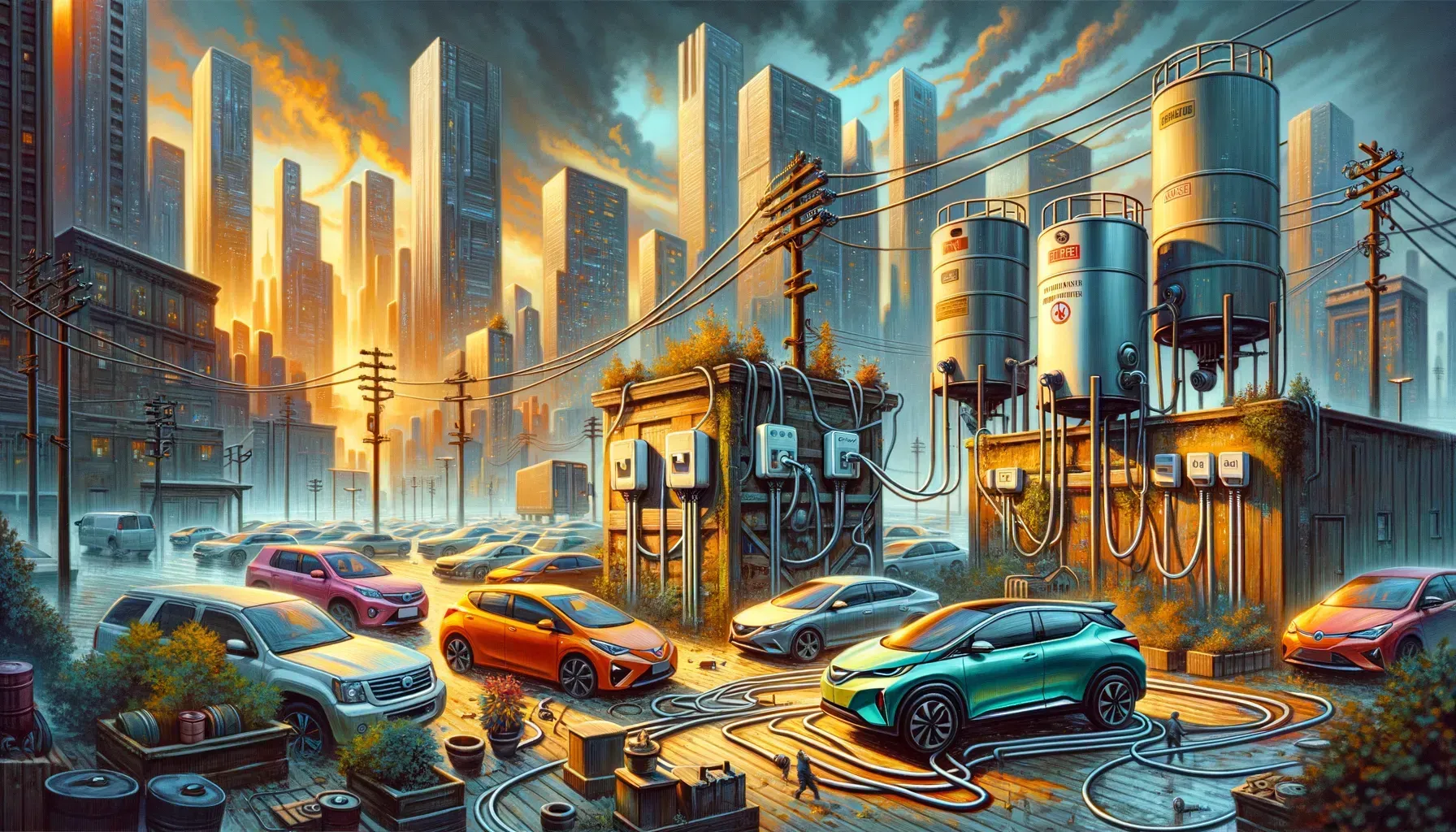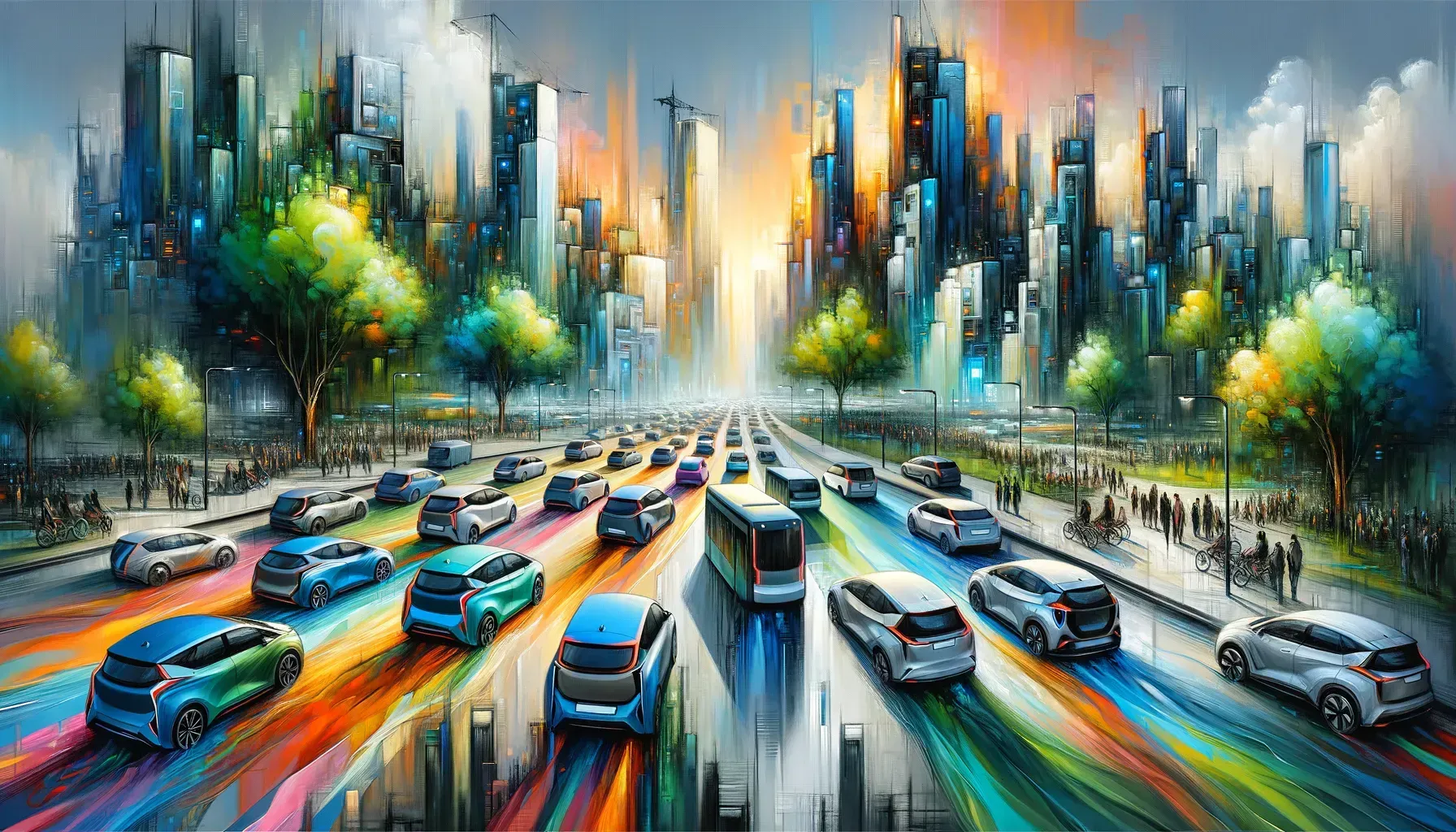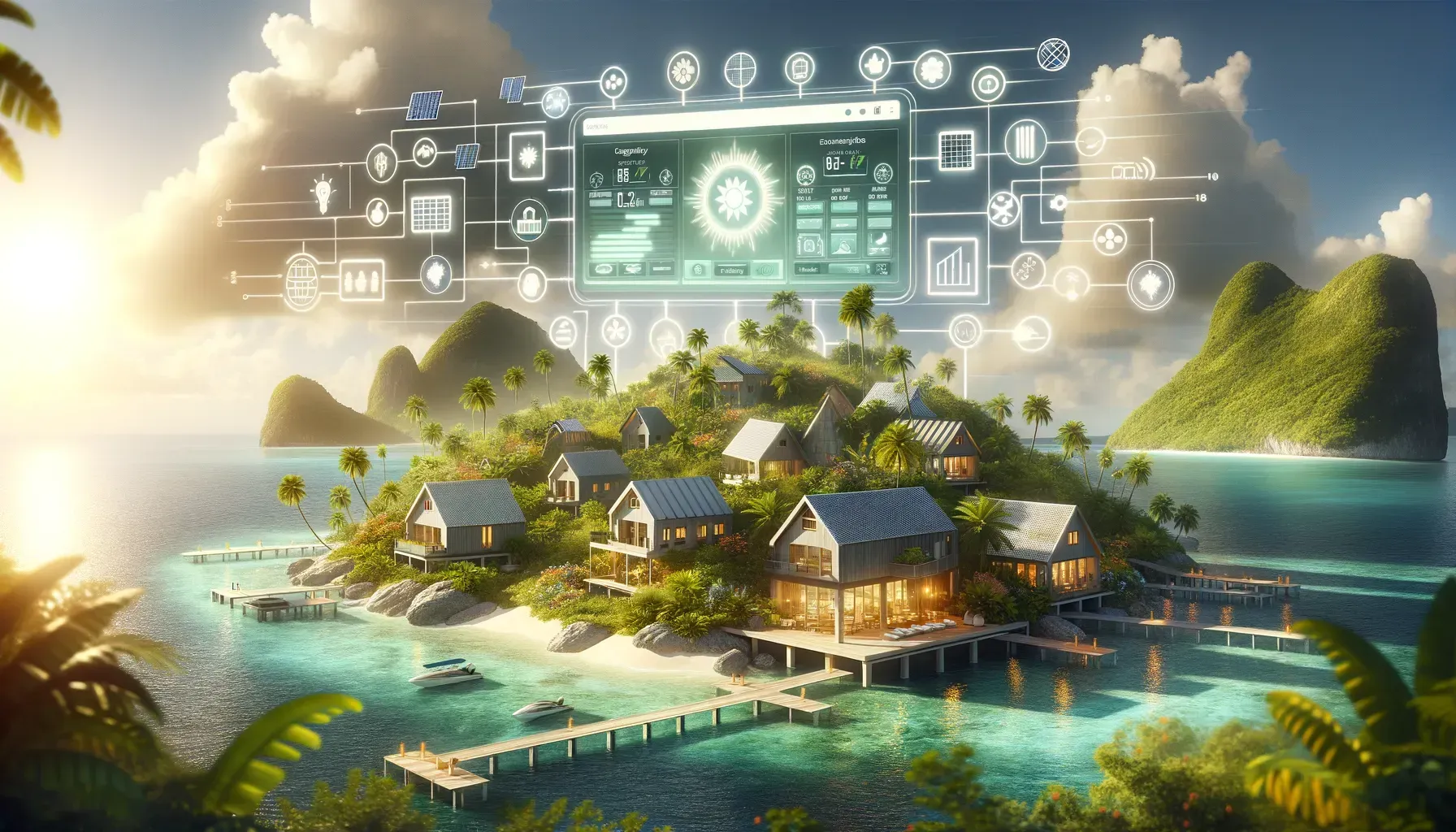Breaking Down the 2026 NEC: Why DIY EV Charger Installs Face an Uncertain Future

The author remembers the thrill of helping a neighbor install a wall-mounted EV charger using little more than a screwdriver, a YouTube tutorial, and a bit of stubborn optimism. Fast forward to June 2025, and that once-accessible experience may soon be illegal in large swaths of the U.S.—thanks to a landmark code change by the National Fire Protection Association. What’s behind this dramatic shift—and what will it mean for the average EV owner, the would-be tinkerer, or the seasoned electrician? Let’s unpack the story that’s sparking more than just conversations.
A History of DIY: From Tinkerers to Licensed Electricians
For decades, the spirit of do-it-yourself (DIY) projects has been a defining feature of American homeownership. From building backyard decks to wiring new light fixtures, many homeowners have taken pride in rolling up their sleeves and tackling hands-on projects. The rise of electric vehicles (EVs) brought a new challenge—and opportunity—for DIY enthusiasts: installing home EV chargers. Early adopters often shared their experiences in online forums, swapping advice and troubleshooting tips. Stories like,
“I learned more from fixing that charger than I ever did from any instruction manual,”became common refrains among those who navigated the process themselves.
Historically, the process for a homeowner EV charger installation was straightforward. Homeowners could pull a permit from their local building department, complete the installation, and then schedule an inspection. This approach allowed for a balance between personal involvement and official oversight, ensuring that installations met safety standards without requiring a licensed electrician for every step. The DIY EV charger installs movement grew alongside the popularity of EVs, with community-driven guides and support networks making the process more accessible.
However, this landscape is changing. In June 2025, the National Fire Protection Association (NFPA) approved significant updates to the 2026 National Electrical Code (NEC). The new code introduces a qualified person requirement for permanently installed EV charging equipment. The language is ambiguous, but most states are expected to interpret “qualified person” as a licensed electrician . This shift effectively bans most unlicensed homeowner EV charger installations, replacing the old DIY culture with professional oversight.
The decision followed a contentious debate. At the NFPA’s annual technical meeting on June 20, 2025, a motion to remove the qualified person requirement from Article 625.4 failed. Organizations like the Electric Vehicle Charging Association and Emporia argued that homeowners should still be allowed to install their own chargers, provided they obtain a permit and pass inspection. They warned that the new rules could push some to seek workarounds, such as installing a NEMA 14-50 outlet under the guise of another appliance, then using it for EV charging after inspection. This loophole exists because similar outlets for stoves or water heaters do not require a licensed electrician.
There are practical and safety concerns with these changes. Some experts worry that banning DIY EV charger installs may not improve safety, as it could encourage unpermitted, potentially unsafe installations. Letters from industry stakeholders—including automakers and charging companies—highlighted that hardwired installations, often safer than plug-in options, might be discouraged. Plug-in approaches using inexpensive 240-volt outlets can overheat, posing a fire risk.
The 2026 NEC’s impact will depend on how each state adopts or modifies the code. While some states may implement the new requirements without changes, others might delay or adjust them. Still, the trend is clear: the era of the homeowner EV charger installation as a DIY project is fading, replaced by a system that prioritizes licensed electricians and professional oversight. Research shows this transition is intended to improve safety, but it also marks the end of a chapter for tinkerers and hands-on homeowners who helped shape the early days of EV charging at home.
Industry vs. Regulation: Battle Over Safety and Access
The 2026 National Electrical Code (NEC) has sparked a heated debate between industry stakeholders and regulatory bodies over the future of home EV charger installations. At the heart of the controversy is the new qualified person requirement , which states, “Permanently installed electric vehicle power transfer system equipment shall be installed by qualified persons.” While the NEC’s definition of “qualified person” is somewhat vague, most expect state and local authorities to interpret this as requiring a licensed electrician for all permanent EV charger installs.
Groups like the Electric Vehicle Charging Association and Emporia, a home charger manufacturer, have been vocal in their opposition. They argue that accessible, safe DIY installations should remain an option for homeowners, provided the work is permitted and inspected. Their concern is that the new EV charger permit requirements could create unnecessary barriers to legal installations, ultimately driving some homeowners to seek out unsafe or deceptive alternatives.
One such workaround is the so-called NEMA 14-50 outlet loophole . This outlet, commonly used for appliances like stoves or welders, does not fall under the same “qualified person” requirement. Homeowners could claim the outlet is for a non-EV purpose to pass inspection, then use it for EV charging after the fact. Industry voices warn that this loophole could undermine the very safety goals the NEC aims to achieve. As one letter to the NFPA put it,
“Building barriers to legal installations will only encourage inventive workarounds.”
The industry’s concerns are not limited to the qualified installer clause. Automakers such as Tesla and Rivian, along with charger companies like ChargePoint and EVgo, lobbied against additional NEC changes—most notably, a new requirement for ground-fault circuit interrupters (GFCIs) on every EV charging circuit. They argued that the low trip threshold for GFCIs could cause frequent “nuisance trips,” especially in wet conditions or during normal charging, potentially leaving EV owners stranded or unable to reset the system without access to an electrical panel. Despite these objections, motions to remove both the qualified person requirement and the expanded GFCI rule ultimately failed.
Research shows that many stakeholders worry these changes may not lead to genuine safety improvements. Instead, they fear the new rules could push more installations underground, where they are neither permitted nor inspected. The Electric Vehicle Charging Association and others have emphasized that a rigid, licensed-only approach to EV charger permit requirements could backfire, increasing the risk of uninspected and potentially hazardous DIY work.
The debate over Article 625.4 of the 2026 NEC highlights a broader tension between regulatory intent and practical outcomes. While the code aims to protect homeowners and the public, industry groups argue that flexibility and oversight—rather than outright bans—are more effective at promoting safe, accessible EV charging. As states begin to adopt or modify the 2026 NEC, the real-world impact of these changes will depend on how strictly the qualified person requirement is enforced and whether loopholes like the NEMA 14-50 outlet continue to be exploited.
The GFCI Debate: Safety Net or Red Tape?
One of the most hotly debated changes in the 2026 National Electrical Code (NEC) centers on GFCI requirements for electric vehicle (EV) charger installations. The new code mandates ground-fault circuit interrupter (GFCI) protection with a five-milliamp trip threshold on every EV charging circuit, a move that has sparked significant controversy across the EV industry. While the intention is to boost ground-fault protection and enhance safety, many stakeholders argue that these new EV charger installation regulations may actually complicate things without delivering clear benefits.
The main concern from automakers and charging network operators is that the low five-milliamp trip threshold could cause frequent “nuisance trips.” In practice, this means that if a charging cable gets wet or if there’s normal electrical noise during charging, the GFCI might trip unnecessarily. This is especially problematic in public or outdoor charging environments, where weather and usage patterns are less predictable. If a GFCI trips, restoring power often requires access to a locked electrical panel—something not always possible at public charging stations. As a result, reliability for EV owners could take a hit.
Industry leaders like Tesla, Rivian, ChargePoint, EVgo, and the Alliance for Automotive Innovation have all voiced their concerns. In coordinated letters to the National Fire Protection Association (NFPA), these groups argued that the current standards already provide sufficient EVSE ground fault protection through built-in charge circuit interrupting devices (CCIDs). Adding another layer of GFCI protection, they say, is redundant and adds unnecessary complexity to the installation process. One industry representative summed up the frustration:
“It’s like asking you to wear three seatbelts at once—all meant to keep you safe, but eventually you can’t buckle up.”
Despite these objections, the NFPA’s technical meeting in June 2025 did not result in the removal of the new GFCI requirement. The motion to strike the five-milliamp threshold failed, and the provision remains in the 2026 NEC. This means that, unless states choose to amend or ignore this section, all new EV charger installations will need to comply with these stricter ground-fault protection standards.
Research shows that critics of the new GFCI rules believe they could actually discourage safe installation practices. For example, if the code is seen as too restrictive or prone to causing inconvenience, some homeowners or installers might look for workarounds—potentially bypassing safety features or mislabeling outlets to avoid the requirements. There’s also an ongoing debate about whether these new EV charger installation regulations will truly improve safety, or if they simply create more red tape for both professionals and consumers.
Ultimately, the debate over GFCI requirements for EV charging circuits is far from settled. While the goal is to ensure the highest level of safety, the industry remains divided on whether the new rules strike the right balance between protection and practicality. For now, the five-milliamp threshold stands as the new standard, and its real-world impact will be closely watched as states begin to adopt the 2026 NEC.
Patchwork America: State Responses and the Future of EV Charging
The 2026 National Electrical Code (NEC) marks a turning point for EV charging infrastructure in the United States, but its real-world impact will depend on how each state chooses to adopt—or resist—these new rules. Unlike federal laws, the NEC is not automatically binding nationwide. Instead, state legislatures and local code authorities decide whether to implement the code as written, modify specific provisions, or reject them altogether. This decentralized approach means that the future of EV ownership and home charging will look very different depending on where you live.
This isn’t new. Historically, states have taken creative liberties with the NEC, sometimes making temporary exceptions or even omitting controversial requirements permanently. The 2026 NEC’s “qualified person” clause, which is widely expected to require licensed electricians for EV charger installations, is already drawing resistance. Some states may see this as a necessary safety step, while others could view it as an unnecessary barrier to EV adoption, especially in regions where finding a licensed electrician is difficult or costly.
The debate over ground-fault circuit interrupter (GFCI) requirements is another flashpoint. The new NEC mandates GFCIs on every EV charging circuit, which many in the industry argue could lead to frequent “nuisance trips” and headaches for both homeowners and public charging operators. Research shows that stakeholders like Tesla, Rivian, and ChargePoint have voiced concerns that these changes could undermine reliability and accessibility, especially if states enforce the rules aggressively.
What does this mean for the average EV owner? In some states, installing a home charger may soon require a licensed professional, adding cost and complexity. In others, looser interpretations or delayed adoption could keep DIY options alive for a while longer. The result is likely to be a confusing patchwork of regulation, with some regions moving quickly to align with the 2026 NEC and others lagging behind or carving out exceptions. As one industry observer put it,
“America’s electrical code is about as uniform as its pizza: every region swears theirs is best.”
There’s also the risk that strict enforcement could push some homeowners toward creative workarounds—like installing a NEMA 14-50 outlet under the guise of powering a welder, then using it for EV charging after inspection. While these loopholes may offer short-term solutions, they raise safety concerns and could undermine the very protections the NEC aims to provide. Studies indicate that when legitimate avenues are blocked, unpermitted or unsafe installations often fill the gap.
Ultimately, the impact of the 2026 NEC on EV charging infrastructure and EV ownership will be shaped not by a single national standard, but by a mosaic of state-level decisions. Nationwide uniformity remains unlikely. Instead, the U.S. will see a mix of rapid adoption, cautious modification, and outright resistance—each shaping the EV landscape in unpredictable ways. For homeowners, automakers, and charging companies alike, the only certainty is that the road ahead will be anything but straightforward.
TL;DR: Starting in 2026, most U.S. homeowners will no longer be able to install EV chargers themselves due to changes in the National Electrical Code requiring licensed professionals. This move is meant to boost safety but may also lead to new obstacles and unintended workarounds in the home charging landscape.
